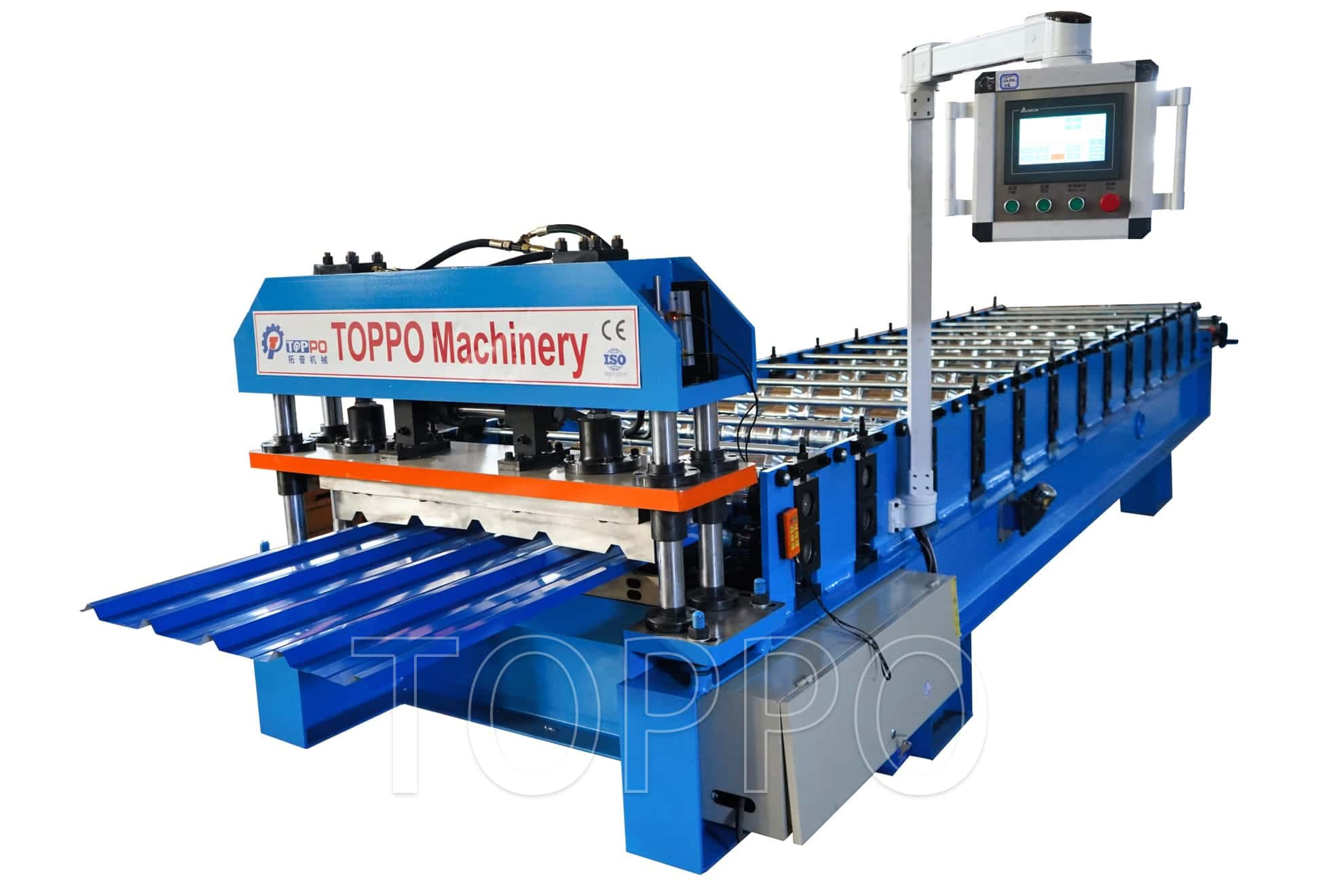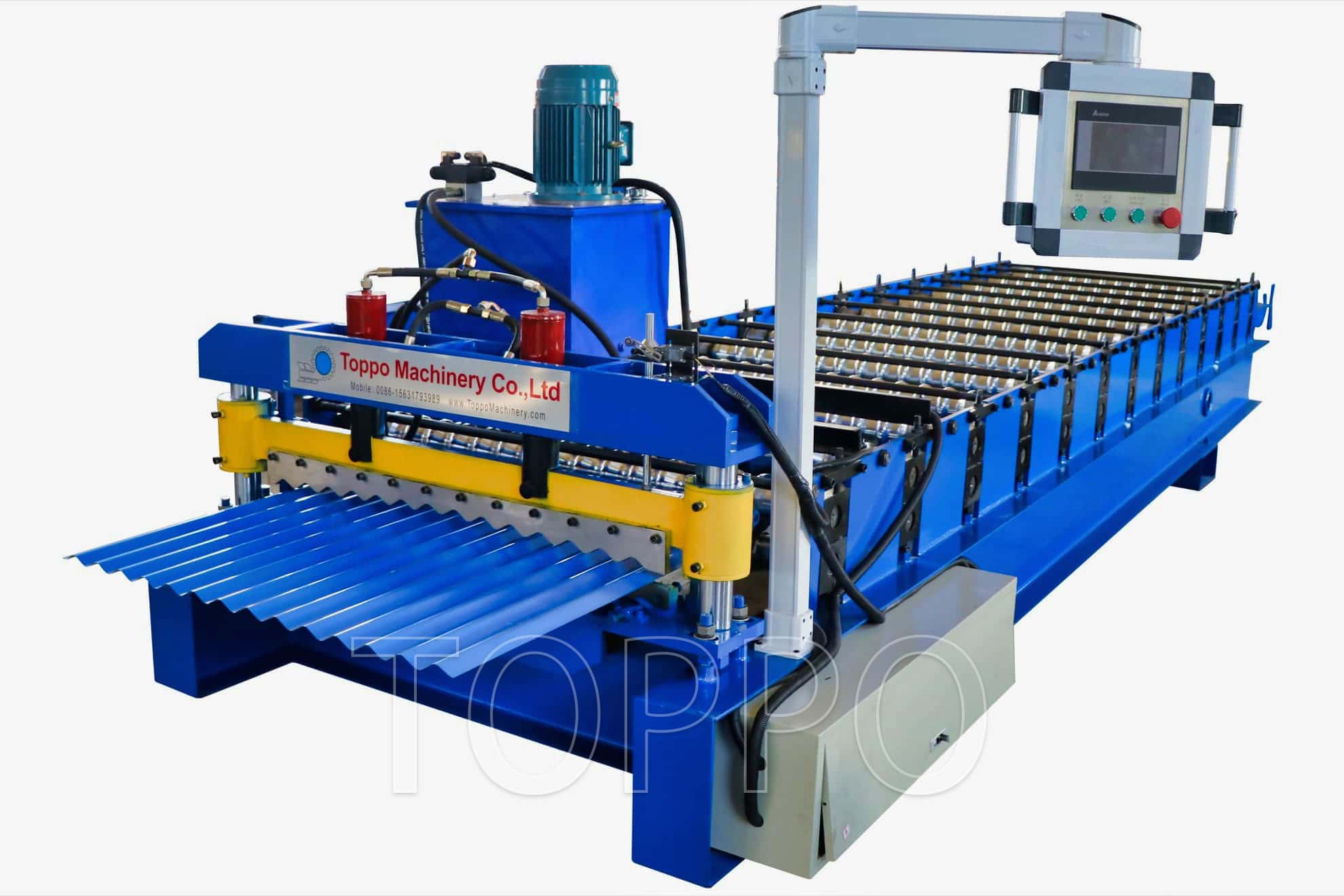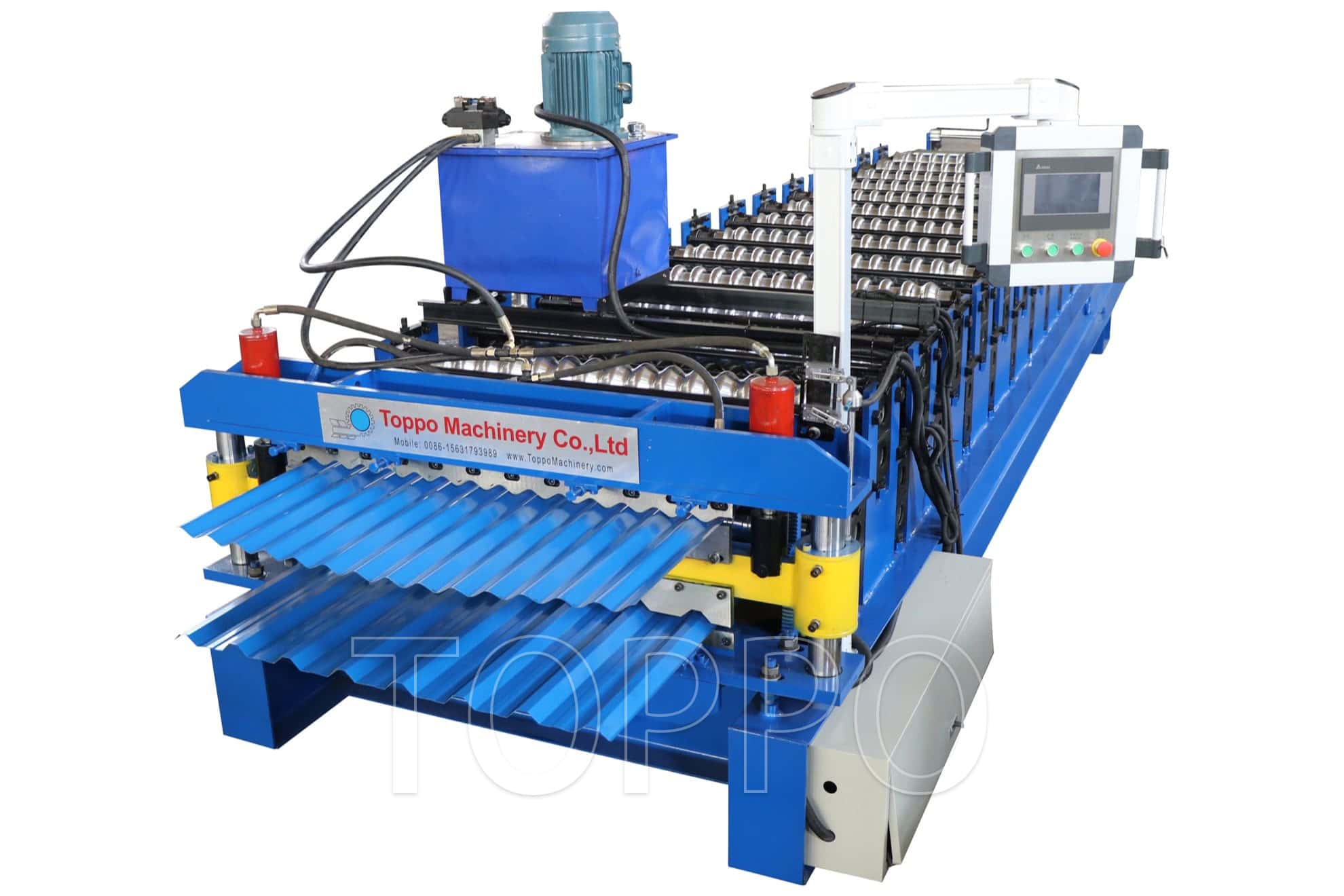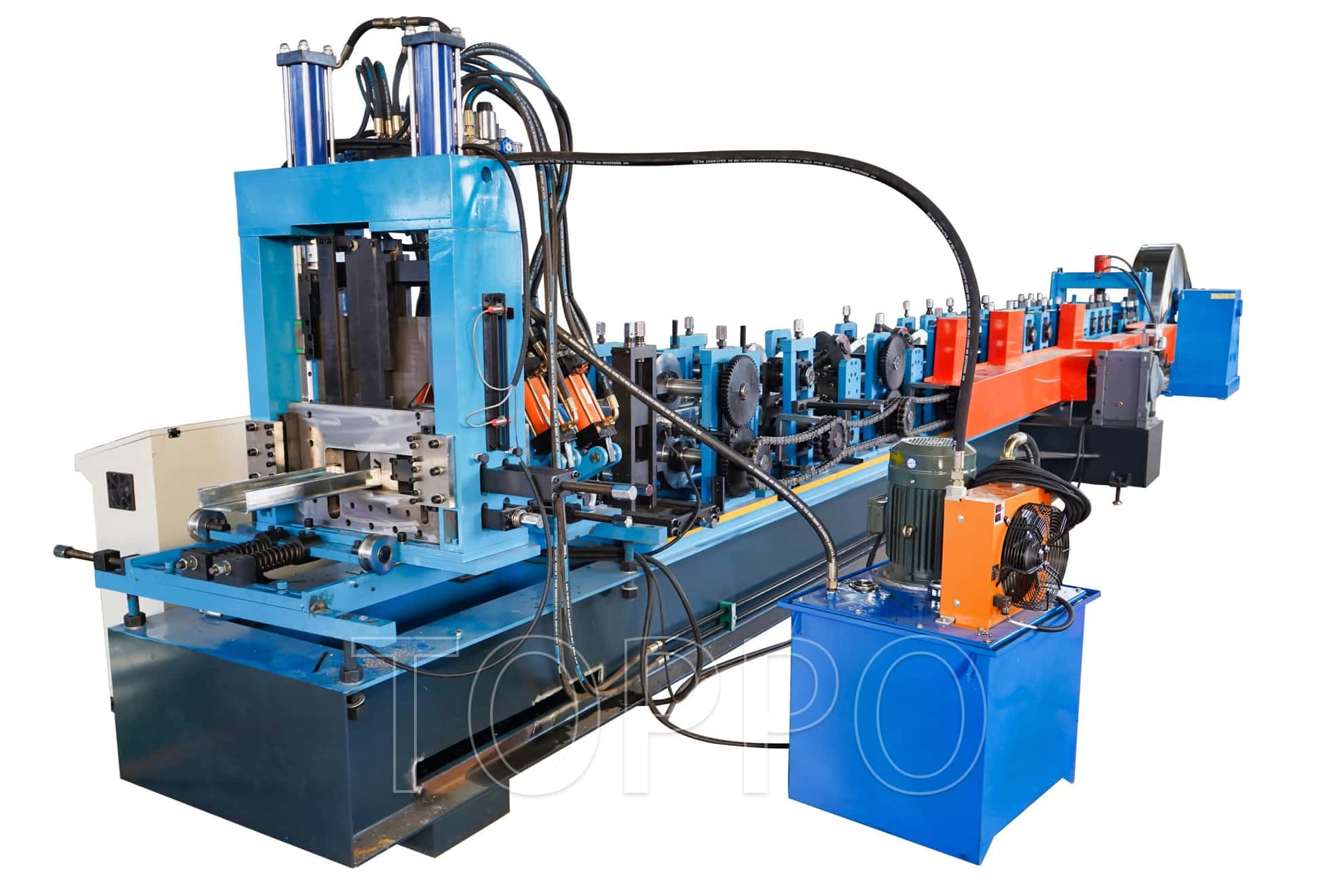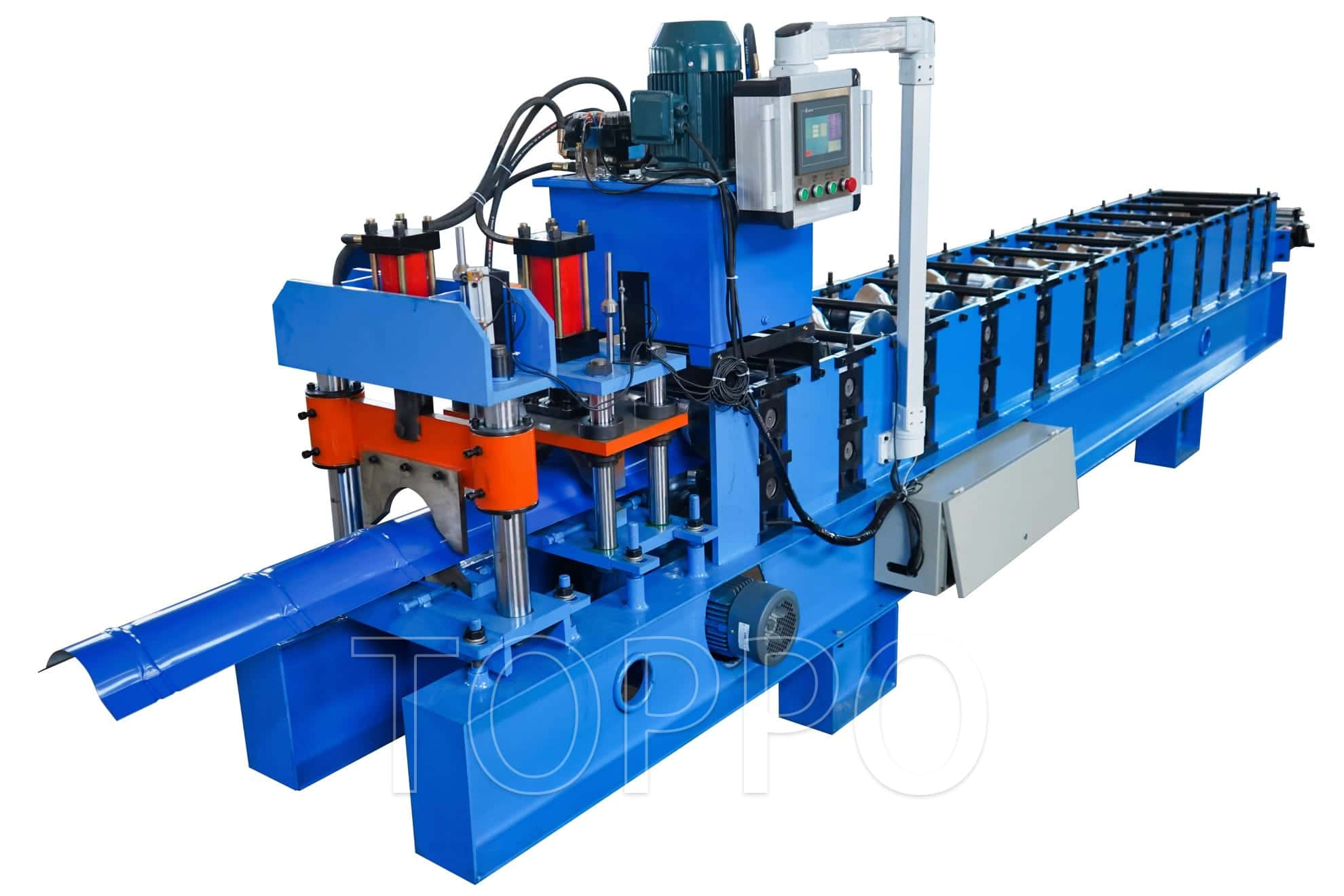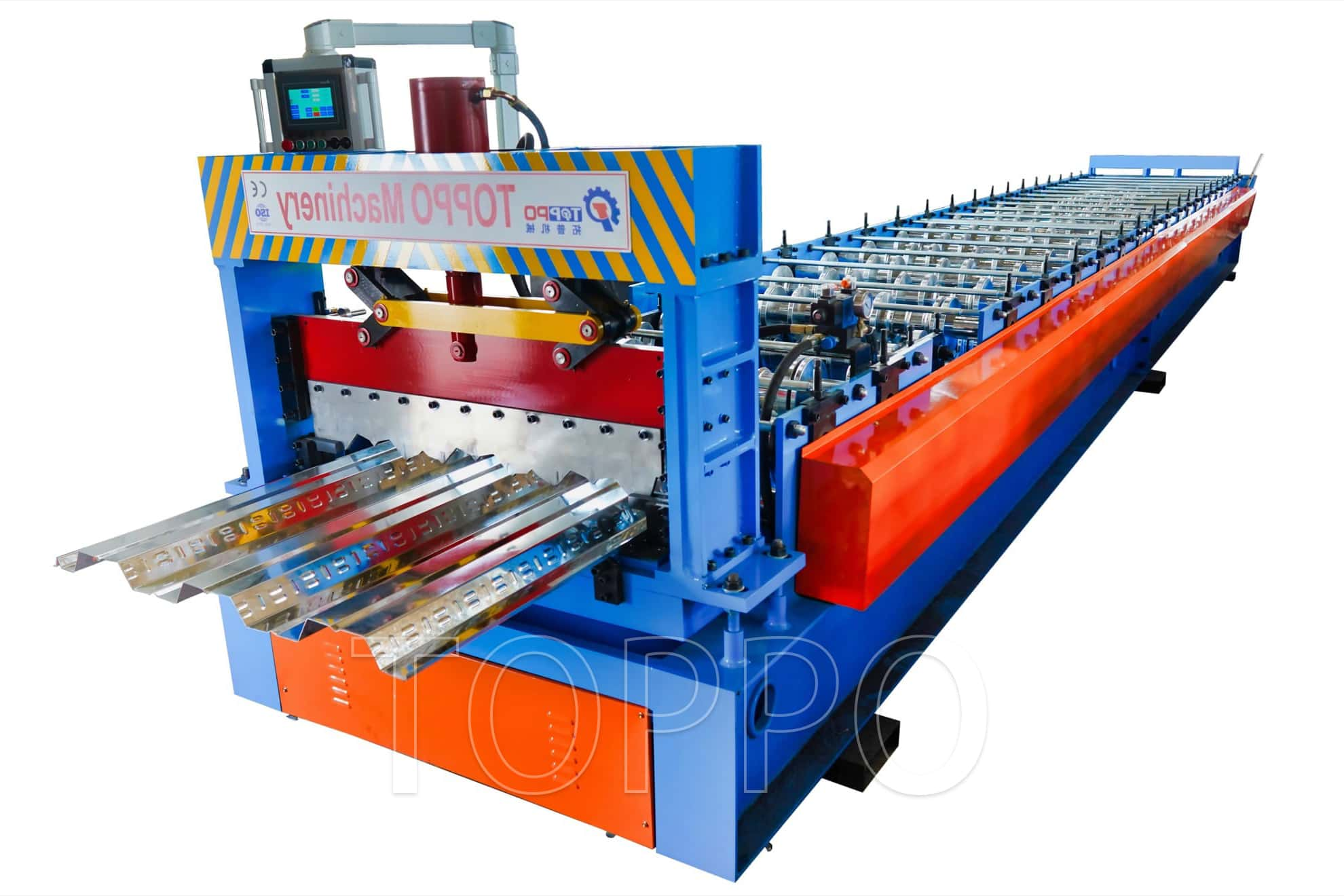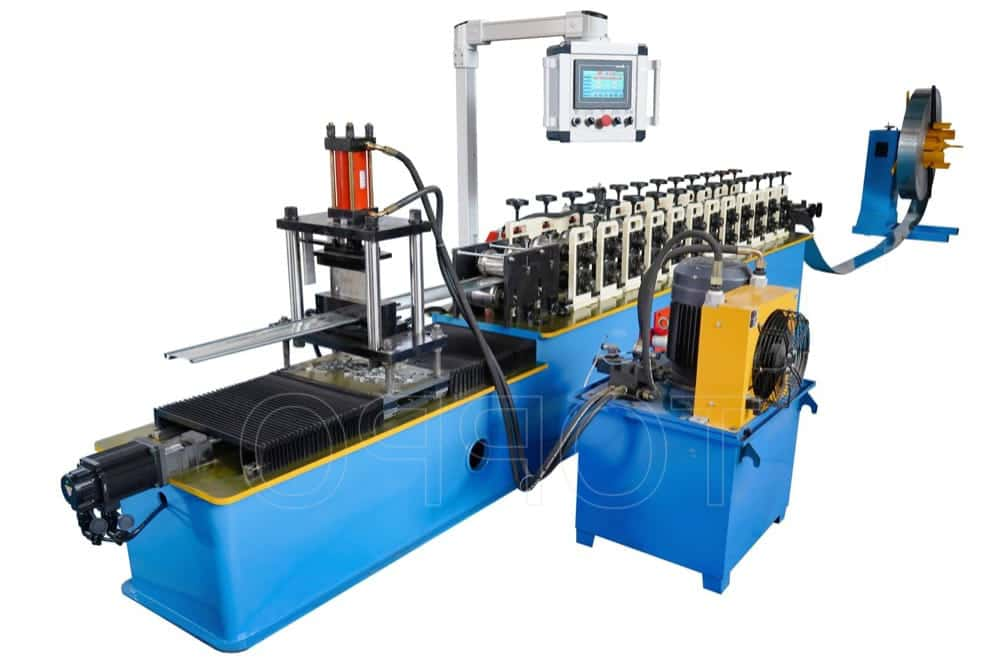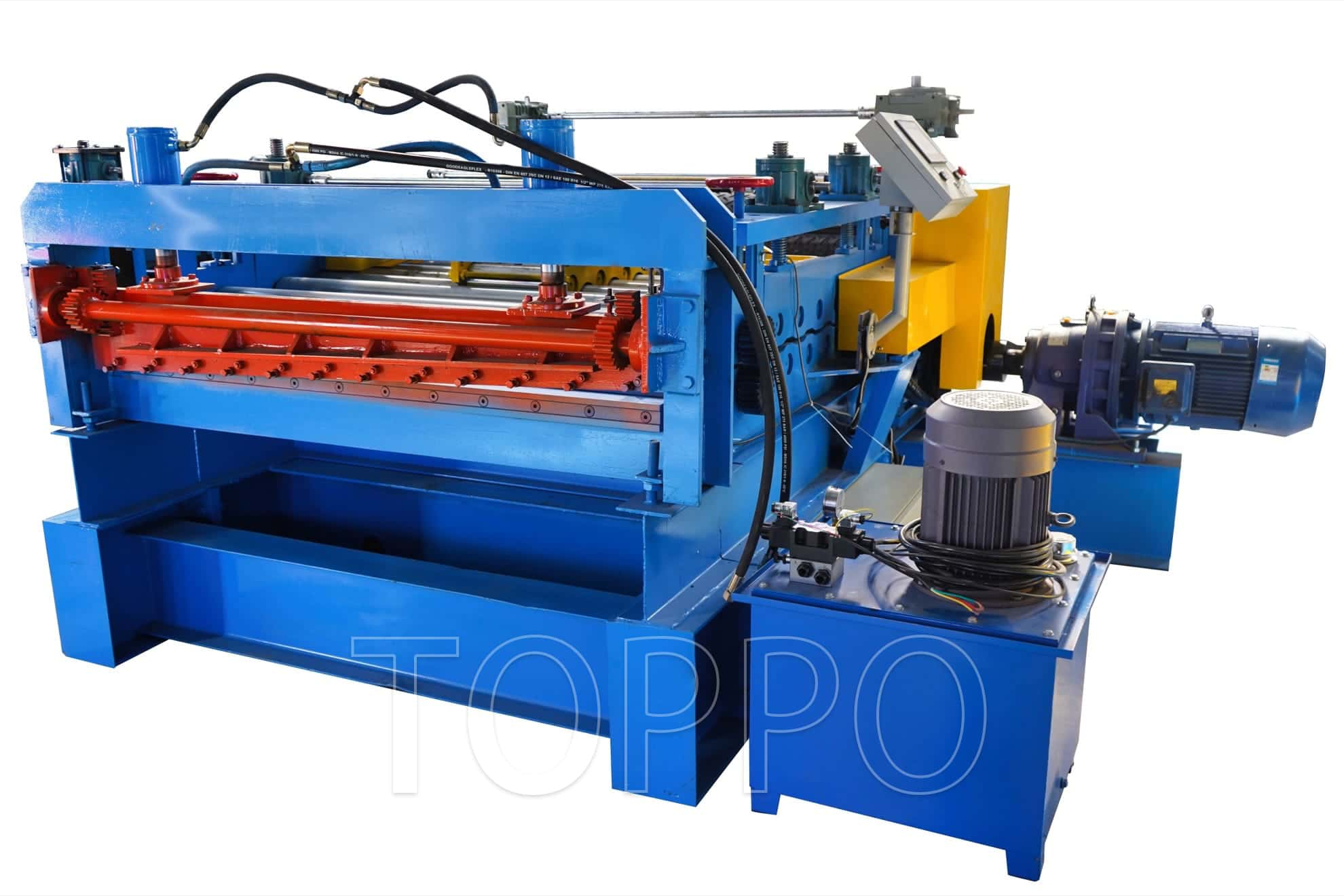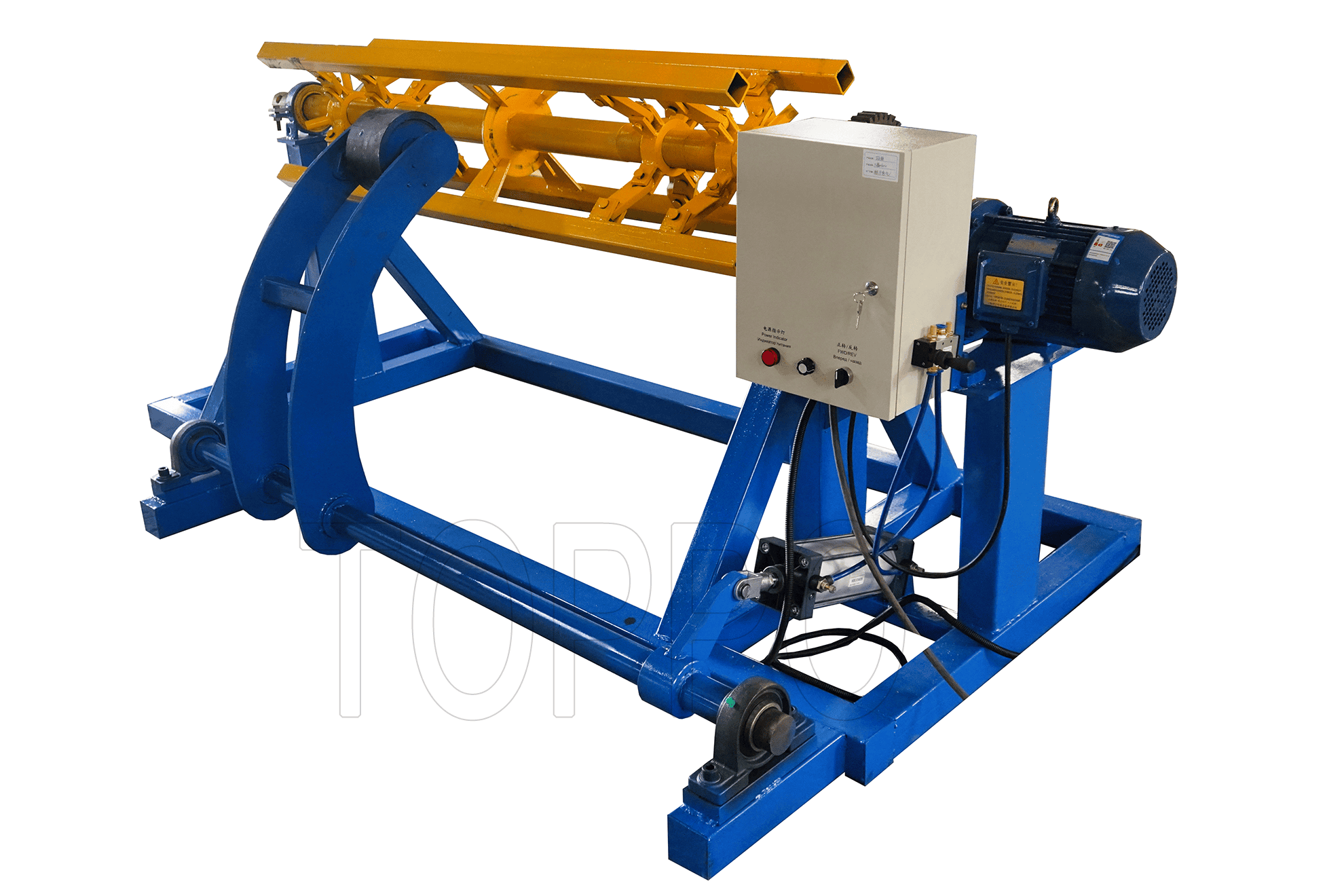- Trapezoidal Machine
- Corrugated Machine
- Glazed Tile Machine
- Double Layer Machine
- CZU Purlin Machine
- Ridge Cap Machine
- Floor Decking Machine
- Rolling Door Machine
- Fence Machine
- Embossing Machine
- Standing Seam Machine
- Cut To Length And Slitting Line
- Guard Rail Machine
- Decoiler And Stacker
- Stud And Track Machine
- Gutter And DownPipe
- Curving Machine
- Cladding Panel Machine
- Corollary Equipment
Optimizing Material Usage with Roll Forming Technology for Roofing Manufacturers
In the competitive world of roofing manufacturing, minimizing material waste and maximizing production efficiency are key factors for success. Advanced roll forming technology, such as the TR4 color steel metal roof trapezoidal roll forming machine, offers manufacturers the tools they need to optimize material usage while maintaining high production standards. In this article, we will discuss the steps manufacturers can take to improve material efficiency and avoid common pitfalls in the roll forming process.
Step 1: Understanding the Benefits of Advanced Roll Forming Technology
The TR4 color steel metal roof trapezoidal roll forming machine is designed to create precise roofing panels with minimal waste. By producing panels with exact dimensions and optimized material usage, manufacturers can reduce material consumption and increase overall efficiency. The roof panel making machine, in combination with the trapezoidal roll forming machine, allows manufacturers to create various profiles, further optimizing material usage for different roofing projects.
Step 2: Proper Calibration of the Roll Forming Machines
Accurate machine calibration is essential for reducing material waste. Properly calibrating the TR4 color steel metal roof trapezoidal roll forming machine ensures that panels are cut to the correct size, preventing overproduction and excess material usage. Manufacturers should also calibrate their roof panel making machine to ensure that it can produce multiple profiles efficiently without wasting material. Regular calibration checks will help to avoid unnecessary material waste and reduce operational costs.
Step 3: Monitoring Material Usage During Production
Efficient material tracking and monitoring are essential to maximizing material efficiency. Manufacturers should keep detailed records of how much material is used for each roofing profile and identify areas where material consumption can be reduced. By using the TR4 color steel metal roof trapezoidal roll forming machine alongside the roof panel making machine, manufacturers can switch between different roofing profiles, optimizing material usage without creating excessive scrap.
Step 4: Common Mistakes to Avoid
There are several common mistakes that roofing manufacturers should avoid when working with roll forming technology. One of the biggest mistakes is failing to properly calibrate the machines before production. Incorrect calibration can lead to poorly formed panels and excess material waste. Another mistake is overlooking material quality. Variations in thickness or coating of materials can affect the production process and result in inefficient use of materials. Proper quality control and setup can prevent these issues.
Step 5: Case Study – Achieving Material Efficiency
In a case study, a roofing manufacturer in Brazil implemented advanced roll forming technology, including the TR4 color steel metal roof trapezoidal roll forming machine and a roof panel making machine. By calibrating the machines correctly and monitoring material usage, the manufacturer reduced material waste by 18%. This improvement led to a 15% increase in overall production efficiency and reduced the costs associated with raw material procurement.
Conclusion
Optimizing material efficiency is essential for roofing manufacturers looking to stay competitive in a growing market. Advanced roll forming technology, including the TR4 color steel metal roof trapezoidal roll forming machine and roof panel making machine, provides manufacturers with the tools they need to reduce material waste and improve production efficiency. Proper machine calibration, material monitoring, and operator training are essential to achieving the best results and reducing costs in the roofing industry.
READ MORE:
Maximizing Material Efficiency in Roofing Production with Advanced Roll Forming Technology
Improving Material Efficiency for Roofing Manufacturers Using Advanced Roll Forming Machines
How Roofing Manufacturers Can Maximize Material Efficiency with Advanced Roll Forming Technology
How Roofing Manufacturers Can Improve Material Efficiency Using Advanced Roll Forming Technology



